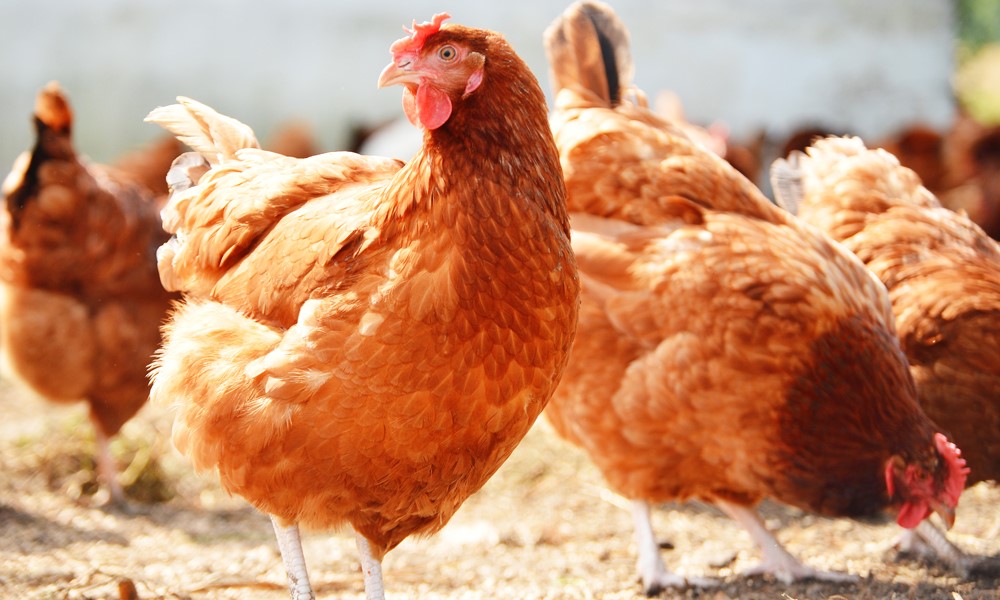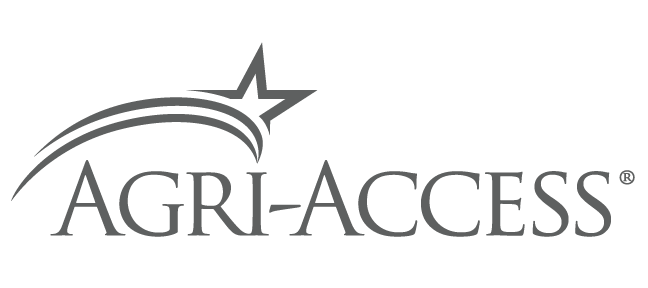Webinar Recap: Insights for Lenders on HPAI Risks and Mitigations

The higher egg prices have said it all: A highly contagious, fast mutating avian virus continues its disruption of the poultry industry.
So far, highly pathogenic avian influenza (HPAI) has infected 58.7 million birds in the U.S., with outbreaks reaching 323 commercial flocks and 492 backyard flocks. The risk and disruption to poultry operations is significant, because an outbreak can result in culling entire flocks to eradicate it and stop the spread.
Agricultural lenders heard an update about HPAI, along with mitigation measures and the potential risk, through a webinar presentation by Craig Nelson, Principal Credit Officer at Compeer Financial, who specializes in poultry processing. The webinar was by Agri-Access, so if you missed it, you can catch the replay by getting in touch with a relationship manager.
How can poultry operators mitigate the risk of HPAI?
Nelson stressed that biosecurity against an outbreak like HPAI “is an investment, not an expense — that’s the way you need to look at it.” And anything other than a rapid response is simply not optional, because this is a fast-spreading, fast-mutating flu strain.
To illustrate, Nelson pointed out that unlike like the avian flu outbreak of 2014-15, HPAI requires less virus to infect a bird. Birds can also be infected with two strains at once, which can mutate into a third strain that spreads through the flock, and just makes it more difficult to eradicate.
Though biosecurity improvements have limited the spread between facilities, the virus is endemic to the wild birds that carry and spread it to commercial flocks. Though it’s not as harmful to wild birds, fatalities are higher among commercial flocks.
Given the risk, poultry operations should have dedicated biosecurity staff, Nelson says. He listed some of the risk factors operators should be actively managing:
- On-premise manure trucks
- Cleaning methods of exhaust fans that allow infected sparrows to enter the poultry house
- Proximity of lakes, ponds and waterways to facilities
- Wild birds (carriers of the virus) roosting near air intake systems
- Commingling of staff from different facilities, shared labor and contract crews
- Shared location with main office, feed mill and egg trucks
- Discrepancies in what is in the biosecurity plan versus what is actually being practiced
What are the financial impact and risks from HPAI?
HPAI presents a risk to the poultry operators as well as the lenders that are financing them, but it’s something we have to deal with, Nelson says.
Financial assistance has been limited to operations recovering from an outbreak. There are federal indemnity payments and assistance to cover the costs of culling and cleanup. But the challenge is that there are no insurance products or federal funding to cover the revenue gap incurred from clearing the facilities of HPAI and the delays of establishing new flocks.
Yes, U.S. poultry operators are recovering from the setback as they rebuild their flocks after the outbreak. Growers are still servicing their debts without material impacts.
“Unless something changes significantly in how it is handled, I don’t see it as a big risk to the poultry industry,” Nelson says. “(Processors) that were not impacted generally benefited from higher (egg) prices.”
Trade restrictions and vaccine mandates
The risk of trade restrictions on U.S. exports of broilers has cooled with the avian flu outbreak. HPAI outbreaks have been documented across the globe. So far, outbreaks in these populations have been regionalized, enabling larger companies to meet their commitments by drawing products from other plants, Nelson says.
One outcome from the largest avian flu outbreak in U.S. history is the possibility of the first-ever large-scale avian flu vaccination program for poultry. Europe is discussing vaccine mandates for poultry operators and the U.S. government has proposed vaccination as a solution to curb the outbreak and cool the effects of inflation.
Nelson says a vaccine isn’t available yet, as it’s being tested by the USDA. But it’s important to consider the effects of a vaccine mandate on trade, because vaccinations require a robust surveillance program under the World Organization of Animal Health Regulations.
But at some point, vaccinating poultry against avian flu could prove to be the best solution.
“Those indemnity payments start to add up and they’re expensive,” Nelson says. “So maybe a vaccine is a cheaper route to go.”
Want to watch the webinar?
Reach out to a Relationship Manager in your area to expand your access to the insights presented by our experienced team and industry partners.
